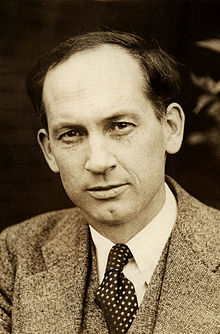Innis Mode and the Internet
 |
| Harold Innis in 1920 (Wikipedia, pub. domain) |
In two books (Empire and Communications, and The Bias of Communication) published before his death in the early 50s, Innis introduced two wide-ranging concepts: time- and space-dependent media, and the hyperlink.
That's right—those underscored links to nuggets of information stored somewhere else are an outgrowth of the theories and thoughts of a Canadian economist who was dead a scant five years after the communication age began with the invention of the transistor.
According to Innis, space-dependent communications (as with paper or web pages), because they are arranged spacially and easily transported from one location to another, foster civilization- and empire-building, and the growth of empire, bureaucracy and the military. Speech and oral communications (as with TV, radio, MPEG and .wav) are time-dependent, and foster close communities, tradition and the organization of knowledge chronologically.
The bias of which Innis wrote is the way the predominant communication mode tends to reshape the civilization it informs. So the world of the mid-1900s in which Innis and McLuhan codified these concepts—a world of radio and newspaper, of TIME magazine and the newly-born TV—cannot possibly resemble the world of 2004 in which newspapers and news-magazines have been supplanted by the Internet, and the chronological spoon-fed presentation of TV and radio has been replaced by the on-demand, at-will Google search.
*It is in McLuhan's Understanding Media that we first see the enigmatic contention "the medium is the message".
Two writers who use "Innis mode" extensively to break the chronological chains of written fiction are John Brunner (who noted in the opening pages of his seminal 1968 novel Stand On Zanzibar that he had used Innis mode) and Neal Stephenson (Cryptonomicon, Quicksilver).
Brunner may have labeled the intricately braided narrative method he used in Stand On Zanzibar for the Canadian economist, but he did not invent it—it was used in John Dos Passos' USA Trilogy from the 1930s: The 42nd Parallel, 1919, and The Big Money.
No comments:
Post a Comment